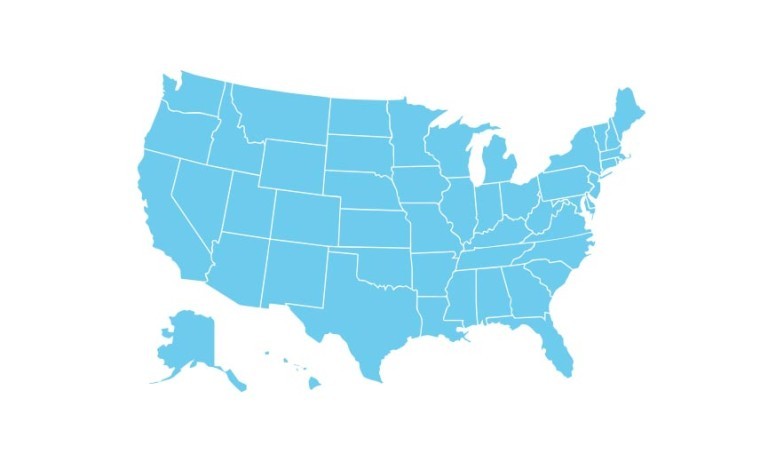Business Resources to Help You and Your Employees

Top Regulatory Issues Facing Businesses in 2026
Nuestros expertos en cumplimiento normativo compartirán información sobre los cambios que las empresas pueden esperar en 2026 en relación con las leyes que afectan al empleo, los impuestos, la IA, la jubilación, así como los efectos del cierre del gobierno. Con planificación, usted puede desarrollar estrategias a fin de posicionar su negocio para el éxito.
Pre-Emption of State AI Laws
The president signed an executive order requiring his administration to create infrastructure designed to allow the federal government to review state laws on AI, pursue litigation if such laws don't align with the federal policy, and cut funding. This could impact state AI laws regarding protections around safety. Our top regulatory issues article addresses this and other potential challenges in 2026.
All Resources
Podcasts de negocios
Paychex Thrive, a Business Podcast
Navigate the dynamics of today's business climate.

Paychex Pulse, an HR Podcast
The issues facing today's human resource leaders and managers.










